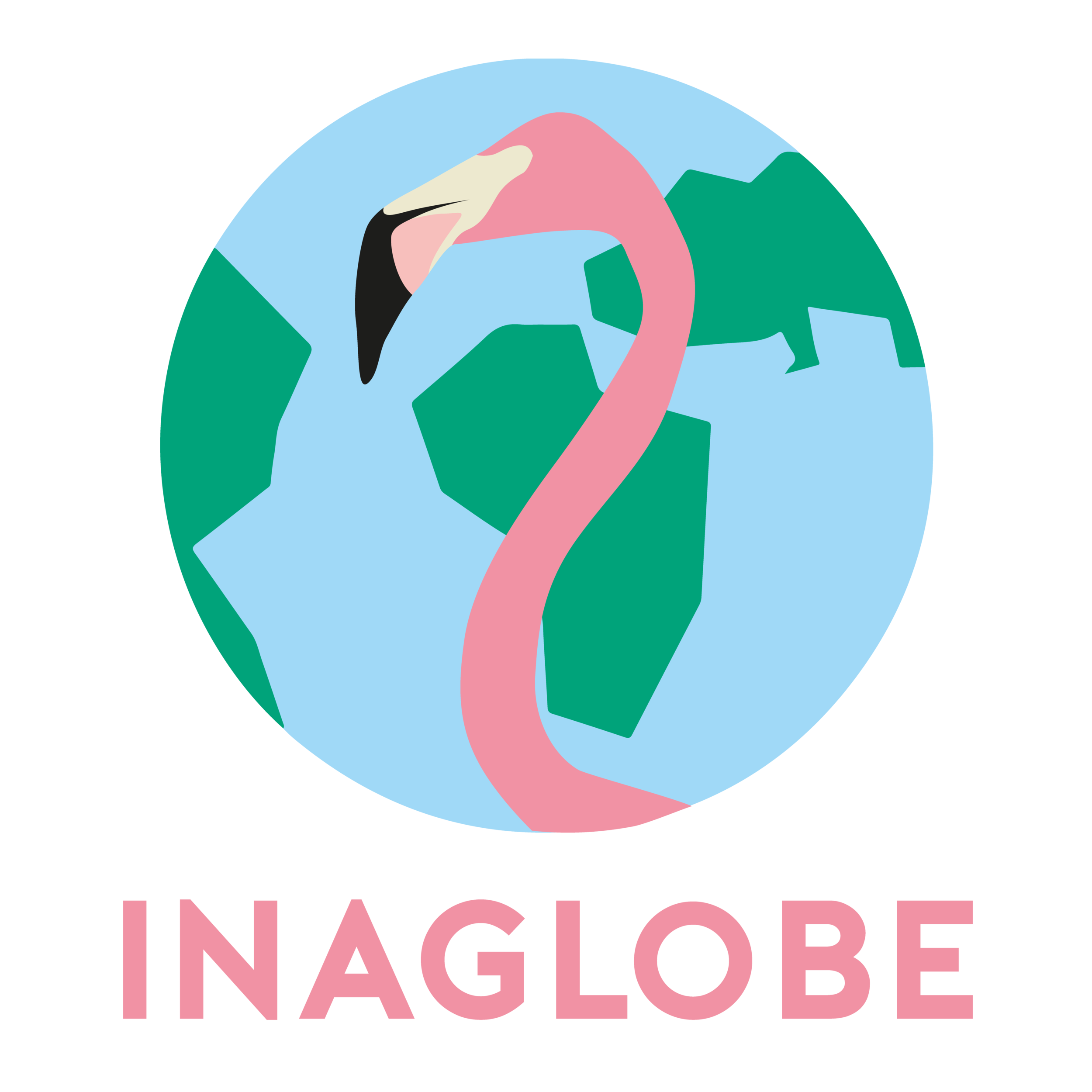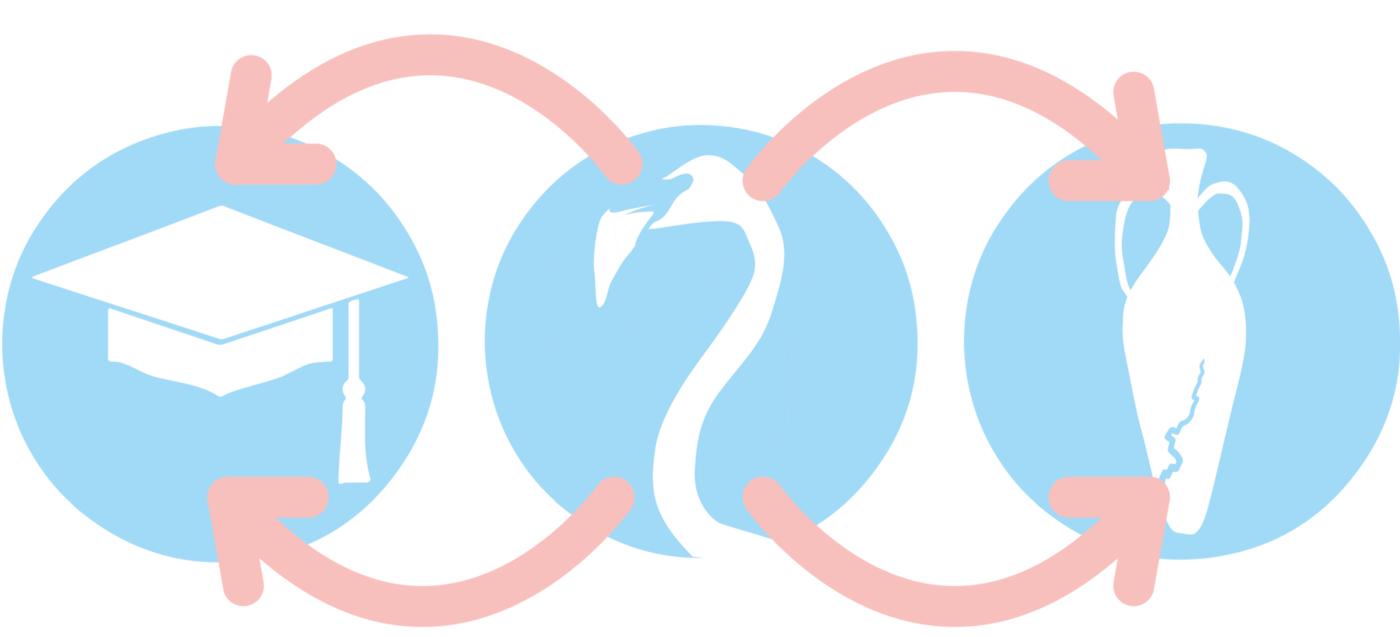inaglobe.org: an evolution
Ilha de Moçambique, August 2017
5 years ago, as students at Imperial College, Xavi, Alberto and I set out to improve the educational experience of the students that came after us. We leveraged our curiosity and experience, and started with a simple idea. Throughout our degrees, we were frustrated by not being able to work on social innovation projects. We didn’t have access to the right documentation, the right problem definitions, nor stakeholders, let alone the ethical considerations that projects of this nature had. We started with a simple idea: building a project registry of humanitarian-focused technologies.
We spoke to members across the academic and student bodies to understand if our personal frustration was shared: it was. We spoke to experts in the field of design and innovation for low-resource environments to understand what kind of methodology would drive effective social innovation: co-design, human-centred design and systems thinking approaches. We spoke to administrators at Imperial to understand what was needed for these projects to be included in the curricular offering: years of unofficial operations with champion academics that supported these projects. With all of this in mind, we set out to Mozambique to expose ourselves to the widest range of humanitarian work we could, understand the diversity of contexts across several different regions of the country, and test out some of our hypotheses. Another plan we had in mind was to try to set up similar practices in local universities, so we also visited the most important institutions in the country and presented them to senior faculty members. We found we weren’t ready to take on that challenge specifically, but that we could tackle the original one.
We came back from Mozambique and quickly started building the vision we constructed through this highly analytical and creative journey we had been in. We began documenting our first projects, establishing relationships with student bodies, academics and departments, and refining our original project plan into a version 2 that included all the learnings and conclusions we had reached, and what we needed to learn next. I could summarise these past four years in a really simple way — we were agile, we tested and we iterated:
2016–2017: Research and Stakeholder Mapping
2017–2018: Document projects, establish the organisational and structural foundations and introduce projects into Year 2
2018–2019: Introduce intra- and extra-curricular projects, assess the outcome of massive uptake, start building volunteer base
2019–2020: Scale down on projects, document better projects (with stronger stakeholder relationships) and nurture the students during the development (this was going great but COVID hit our projects and plans)
2020: Projects are sent back home so try to hack remote innovation, rebuild InAGlobe with a stronger volunteer base to formalise the operational structure and assess replicability. We welcomed over 15 people into the team that summer (people of the likes of Sergi, Anna and Max to mention a few)
2020–2021: More projects are introduced into Imperial College, with a stronger focus on Software and Environmental/Civil Engineering; several projects reach a state of maturity; and spinning out of the first InAGlobe-born project: Paige Braille Device
2021–2022: Protecting the implementation of other projects, strategic analysis for restructuring of InAGlobe to complete the full cycle and become self-sustaining… and this is where we are now!
And this is the reason why today I am publishing this article: InAGlobe has gone full cycle. Each year, we strategically focused resources on where we would be learning the most: we have been entirely bootstrapped for 5 years, barely spending anything. Now, after these five years, we know we are ready to take the next step and structure a formal organisation.
InAGlobe had two remits to begin with:
1) Providing an educational experience to students in STEM such as to be able to tackle social innovation as part of their formal curricular activities
2) Leveraging and activating resources from the academic space to build a pipeline of humanitarian innovation
These remits are at the core of what we do. During these 5 years, we have built a model that accomplishes the first objective, and we have demonstrated our model could provide this at scale. We are now seeking to finance the project such that we can scale these operations and provide value to as many students as possible. Therefore we have decided to reincorporate the company as a company limited by guarantee (such that we can apply for charitable status once we have sufficient funding). There are several motivations for moving away from a limited company (i.e., by shares) format, the main one being that our stakeholders are not targets we want to currently charge for the service we give. We believe that, at this stage, this would limit the involvement of our most important stakeholders. In contrast, there are plenty of partners that would be willing to fund operations such as this, or partner in grant applications, and having a charitable status is a necessity for this.
The last few months have been heavy with creating business models, profiling our stakeholders, speaking to experts, and dissecting our operations from the core; and finally, we decided that this was the most constructive way forward. InAGlobe Education LTD, a private company limited by shares, will now become inaglobe ltd, initially a private company limited by guarantee and very soon a company of charitable status. This, in practice, is a learning experience: up until now, we had taken an optimal status for agility and testing. Now, we need a status that will cement our work in a formal recognition of value, and build an organisation with all the relevant structures — from financial to legal to ethical. We want to build an organisation that is entirely transparent, that is entirely auditable, and that represents the values that we hold at inaglobe.
Lastly, I want to thank everyone that has been involved in the creation of inaglobe. We have a massive list of volunteers, students, academics, advisors, friends, family, critics, and a long etcétera that have been cornerstone in keeping us motivated and alive for 5 years without barely having spent anything. Without all of you inaglobe would be little more than an idea.
December 25 , 2021


